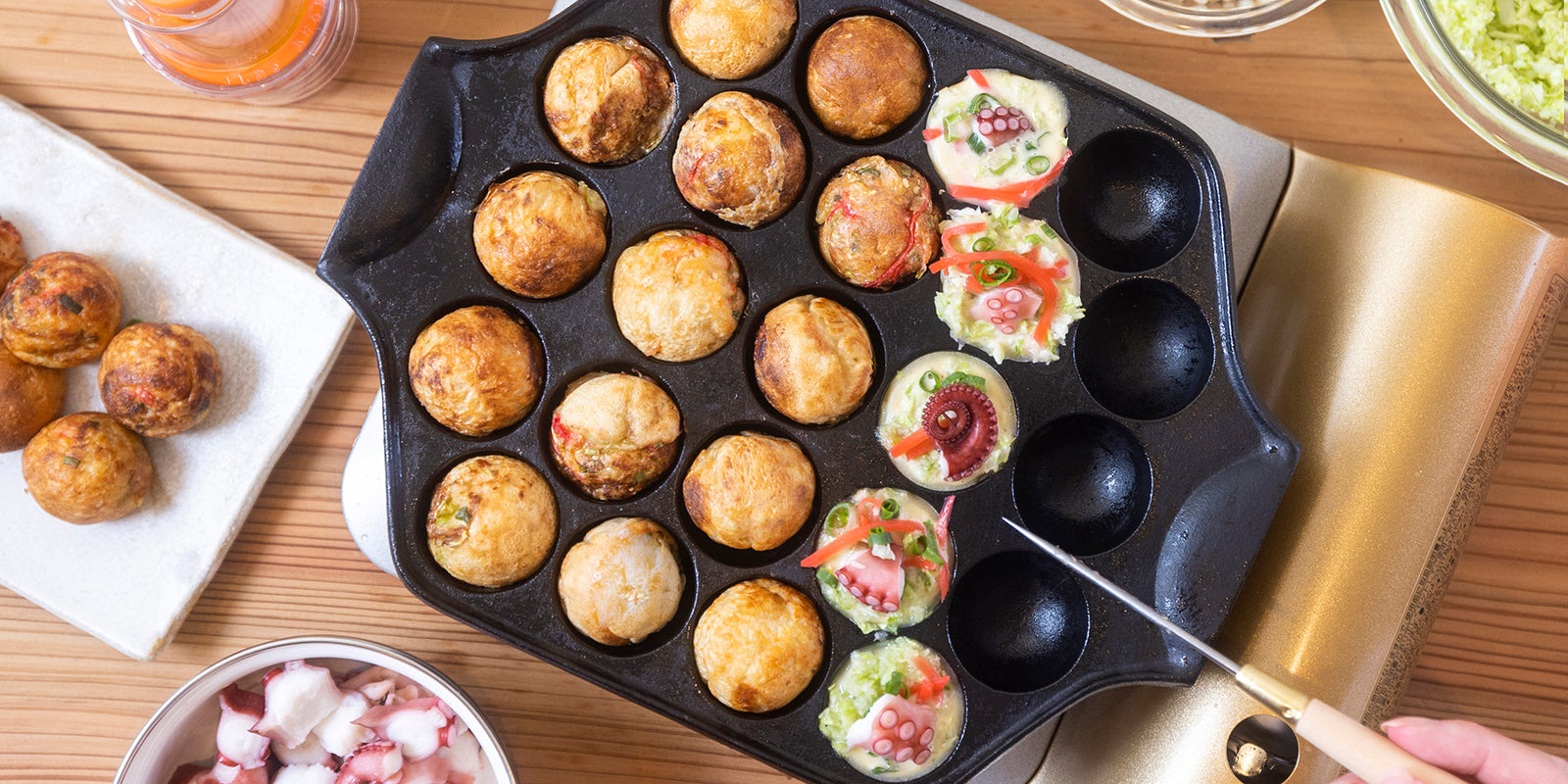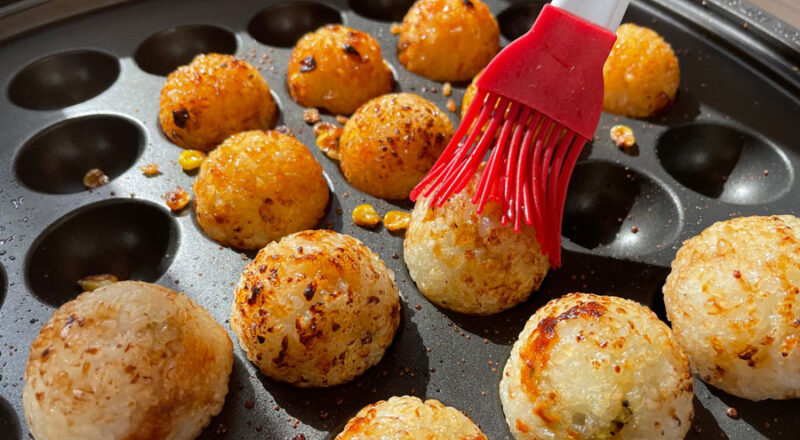When it comes to culinary tools, knowing the differences between a Takoyaki pan and an Aebleskiver pan can enhance your cooking experience. While both pans are used to create delicious bites, they are designed for different types of cuisine and require distinct techniques for optimal results. Understanding these differences is vital particularly for kitchen professionals and culinary enthusiasts aiming to create authentic dishes.
At first glance, both pans might look similar with their unique round molds, yet each pan possesses unique features tailored for specific recipes. Let’s delve deeper into how each pan functions, their historical backgrounds, and tips for getting the most out of your cooking tools.

Origins and Culinary Heritage
Takoyaki Pan: A Japanese Delight
The Takoyaki pan is deeply rooted in Japanese street food culture. Originating in Osaka, Japan, Takoyaki is a popular snack made from batter, bits of octopus, and various fillings.
Aebleskiver Pan: A Danish Specialty
The Aebleskiver pan hails from Denmark, where it has been used for centuries to make traditional Danish snacks known as bleskiver. Typically served around Christmas, these pan-fried dough balls are reminiscent of pancakes, often sprinkled with powdered sugar or accompanied by jam.
Design and Material
Features of Takoyaki Pan
A classic Takoyaki pan is made of cast iron or non-stick materials. It usually contains multiple rounded holes to form perfect Takoyaki balls. For more options, check out Top Nonstick Takoyaki Pans.
Features of Aebleskiver Pan
Similarly, an Aebleskiver pan features a series of rounded molds. However, the design might slightly differ to accommodate fluffy Danish batter. It is typically made of cast iron or aluminum for even heat distribution.
Techniques and Usage
Preparing Takoyaki
To make perfect Takoyaki, it is crucial to have a well-heated pan. The batter is poured into each mold and filled with octopus pieces. The key to Takoyaki is making sure the balls are perfectly round, which requires frequent turning.
Cooking Aebleskiver
The technique for Aebleskiver differs slightly. Using a knitting needle or a similar utensil, the batter should be flipped once it begins to set, creating a ball shape. Techniques can be explored further here.
Versatility and Other Uses
Both pans are adaptable in the kitchen, whether trying new recipes or perfecting old favorites. An Aebleskiver pan can also be used for other recipes such as desserts or poffertjes, a Dutch treat.
Caring and Maintenance
Cleaning Takoyaki Pans
Proper cleaning extends your pan’s life. Refer to this guide on Cleaning Takoyaki Pans.
Maintaining Aebleskiver Pans
Cleaning requires caution to preserve their condition. Avoid using harsh chemicals that could damage the non-stick coatings.
Choosing the Right Pan
Ultimately, your choice may depend on the type of dishes you wish to create, the frequency of use, and personal preference regarding materials and maintenance. Both pans can bring a world of flavors into your culinary repertoire.
Conclusion: Embrace Diverse Cooking Experiences
Embrace both Takoyaki and Aebleskiver pans as they enrich your kitchen experiences and relish different cultural tastes. Whether you’re serving a Danish delight or Japanese street food, understanding each tool’s uniqueness enhances your culinary results.

Frequently Asked Questions
What is the main difference between the two pans?
The primary difference lies in their traditional use and slightly different mold designs suited to specific batter types for either Takoyaki or Aebleskiver.
Can I use one pan for cooking both snacks?
While interchangeable use is possible, each pan is specially designed for its respective dish and offers the best results when used as intended.
Where can I buy these pans?
These specialty pans are available in kitchenware shops and online, offering various materials and designs to fit your needs.
This article contains affiliate links. We may earn a commission at no extra cost to you.

